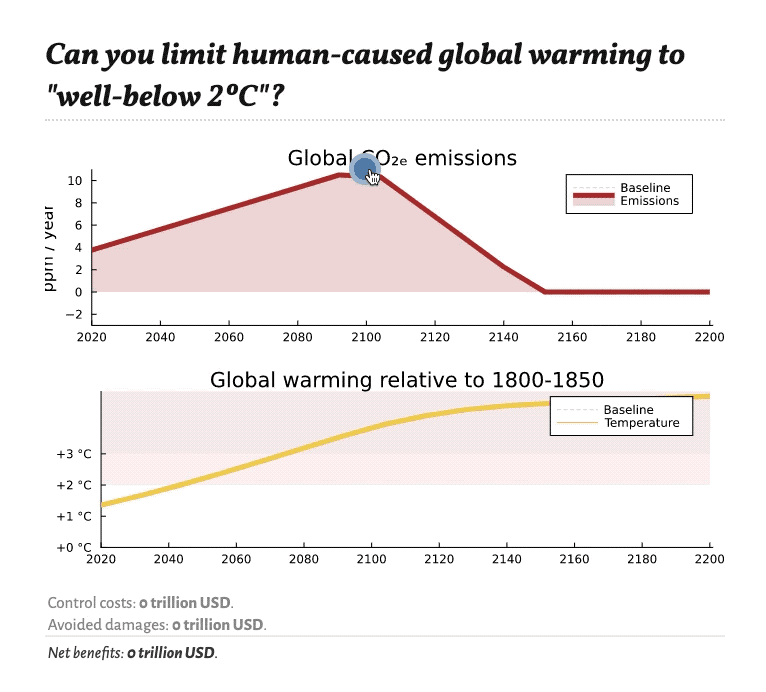A Julia implementation of MARGO, an idealized framework for optimization of climate control strategies.
The MARGO model is described in full in an accompanying Research Article, published Open-Access in the journal Environmental Research Letters. The julia scripts and jupyter notebooks that contain all of the paper's analysis are available in the MARGO-paper repository (these are useful as advanced applications of MARGO to complement the minimal examples included in the documentation).
Try out the MARGO model by running our Pluto-based web-app directly in your browser!
ClimateMARGO.jl is currently in beta testing; basic model documentation is slowly being added. Substantial structural changes may still take place before the first stable release v1.0.0. Anyone interested in helping develop the model post an Issue here or contact the lead developer Henri Drake directly (henrifdrake at gmail.com), until explicit guidelines for contributing to the model are posted at a later date.
README.md formatting inspired by Oceananigans.jl






